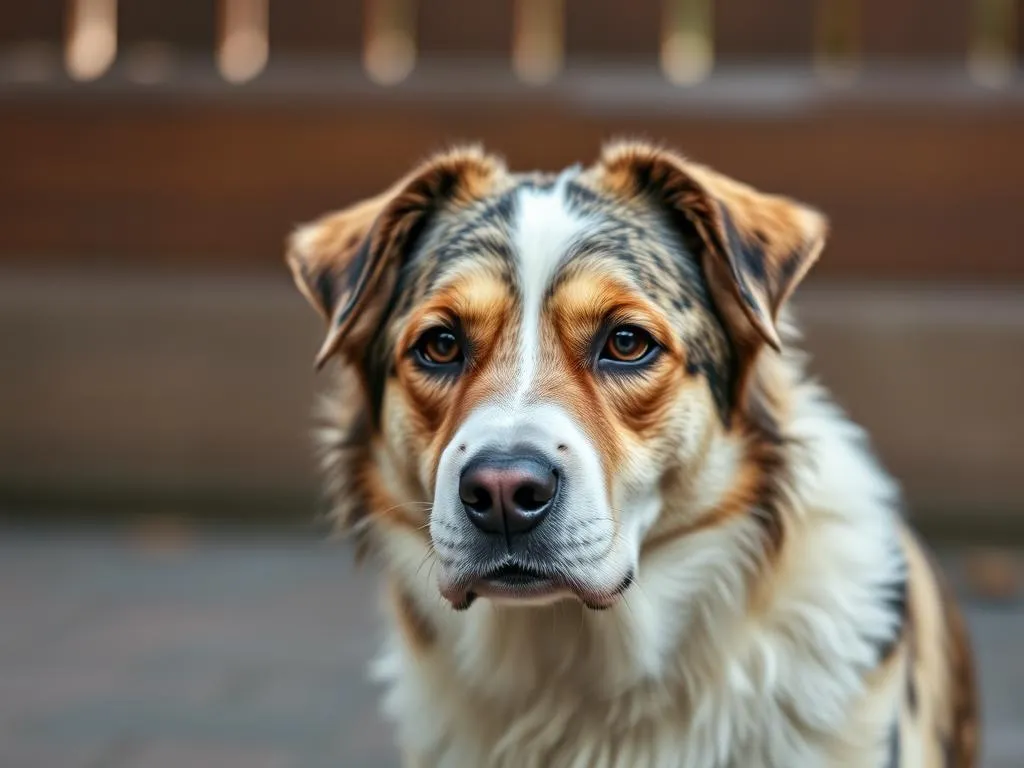
Introduction
Choosing the right dog breed is crucial for owners who work long hours or lead busy lifestyles. Dog breeds that can be left alone are particularly important for those who want companionship without the stress of separation anxiety. Understanding what it means for a dog to be left alone can help you make an informed decision that suits both your lifestyle and your pet’s needs.
When we talk about a dog being left alone, we refer to their ability to comfortably spend time by themselves without experiencing significant stress or anxiety. Selecting a breed that can tolerate solitude offers numerous benefits, including a happier pet and a more relaxed owner. In this blog post, we will delve into the temperament and characteristics of various dog breeds that are better suited for being alone, as well as tips on how to prepare your dog for solitude.
Understanding Dog Temperament and Independence
Factors Affecting a Dog’s Ability to Be Left Alone
Several factors influence a dog’s capacity to handle being left alone.
- Age and Development Stage: Puppies will naturally require more attention than adult dogs. As they grow and mature, they often become more independent.
- Socialization and Training: Dogs that have been well-socialized and properly trained are generally better equipped to handle alone time.
- Individual Personality Traits: Just like humans, dogs have unique personalities. Some breeds are inherently more independent than others.
Common Characteristics of Independent Dog Breeds
Independent dog breeds typically exhibit certain characteristics that allow them to be left alone without distress.
- Low Separation Anxiety: These dogs are less likely to panic when their owners leave.
- Self-Sufficiency: They can entertain themselves and manage alone time without excessive fuss.
- Calm Demeanor: Many independent breeds possess a relaxed nature, making them well-suited for solitary periods.
Top Dog Breeds That Can Be Left Alone
Breeds with High Independence
Basenji
The Basenji is often referred to as the “barkless dog” due to its unique vocalizations. Originating from Central Africa, this breed is known for its intelligence and independence. Basenjis are low-energy dogs that can easily entertain themselves, making them ideal for owners who are frequently away from home.
Shiba Inu
The Shiba Inu, hailing from Japan, is famous for its spirited personality and fox-like appearance. These dogs are known for their independence and confidence. While they enjoy companionship, they can also cope well with solitude, making them one of the best dog breeds that can be left alone.
Greyhound
Despite being known as racing dogs, Greyhounds are surprisingly calm and enjoy lounging around the house for most of the day. Their relaxed nature and penchant for sleeping make them well-suited to being left alone for several hours.
Breeds Known for Low Separation Anxiety
Bulldog
The Bulldog is a beloved family pet known for its gentle disposition. Originating in England, this breed is adaptable and tends to be quite happy spending time alone. Bulldogs are not prone to excessive barking or anxiety, making them great companions for busy owners.
Basset Hound
With their distinctive appearance and laid-back attitude, Basset Hounds are another breed that can handle solitude. These dogs, known for their excellent sense of smell, are generally calm and less likely to develop separation anxiety, which makes them suitable for owners who may need to leave them alone for extended periods.
Breeds That Are Less Likely to Develop Destructive Behaviors
Cavalier King Charles Spaniel
While the Cavalier King Charles Spaniel is affectionate and enjoys being around people, they can also handle some alone time. This breed is known for its friendly nature and adaptability, making them a great option for families who may not always be home.
Chihuahua
Chihuahuas are small yet confident dogs that adapt well to various living situations. Their small size allows them to feel comfortable in smaller living spaces, and they generally do well when left alone for a few hours. This makes them a viable option for those looking to adopt a dog breed that can be left alone.
Tips for Leaving Your Dog Alone
Preparing Your Dog for Alone Time
Before leaving your dog alone, it’s essential to prepare them properly. Gradual desensitization techniques can help your dog get used to being alone over time. Start by leaving them alone for short periods and gradually increasing the duration. Creating a positive environment, filled with comfortable bedding and familiar toys, can also help ease their anxiety.
Essential Supplies for Alone Time
When leaving your dog alone, ensure they have a safe space to relax. This could be a crate or a designated area in your home. Providing engaging toys and activities, such as puzzle toys or chew bones, can keep them occupied and reduce the likelihood of destructive behavior.
Establishing a Routine
Consistency is key when it comes to your dog’s routine. Establish a predictable schedule for feeding, walking, and playtime. This predictability can provide your dog with a sense of security and help them feel more at ease when you are gone.
Signs Your Dog May Not Tolerate Being Alone
Behavioral Indicators
Not all dogs can handle being left alone. Signs that your dog may struggle include:
- Excessive Barking or Whining: Constant vocalizations may indicate anxiety.
- Destructive Behavior: Chewing furniture or scratching at doors can be a sign of distress.
Emotional Indicators
Emotional signs of distress can also provide clues about your dog’s comfort level with solitude:
- Signs of Anxiety or Stress: This may manifest as pacing, drooling, or hiding.
- Changes in Eating or Sleeping Patterns: A sudden change in appetite or sleep habits could indicate that your dog is struggling with loneliness.
Alternative Solutions for Dog Owners
Dog Daycare Options
For owners who are concerned about leaving their dogs alone for long periods, dog daycare can be an excellent solution. These facilities offer socialization opportunities and mental stimulation for your dog, allowing them to interact with other dogs and people throughout the day.
Hiring a Dog Walker or Pet Sitter
Another option is to hire a dog walker or pet sitter. Regular visits from a caregiver can provide your dog with the companionship and exercise they need, breaking up the time they spend alone. It’s essential to find a reliable caregiver who understands your dog’s needs and personality.
Technology Aids
In today’s tech-savvy world, various devices can help owners monitor and engage with their pets remotely. Pet cameras allow you to check in on your dog throughout the day, while interactive toys can keep them mentally stimulated even when you’re not home. These technological aids can provide peace of mind for pet owners and enrich a dog’s time spent alone.
Conclusion
Selecting the right breed is vital for ensuring a happy and healthy relationship between you and your dog, especially if you need to leave your pet alone for extended periods. By considering the specific needs of both your lifestyle and your dog, you can find a breed that thrives in solitude. Remember that responsible dog ownership also involves recognizing your dog’s individual needs and providing them with companionship and care, even if you have to be away. Ultimately, the joy of having a dog brings immense companionship and fulfillment, making the effort worthwhile.









